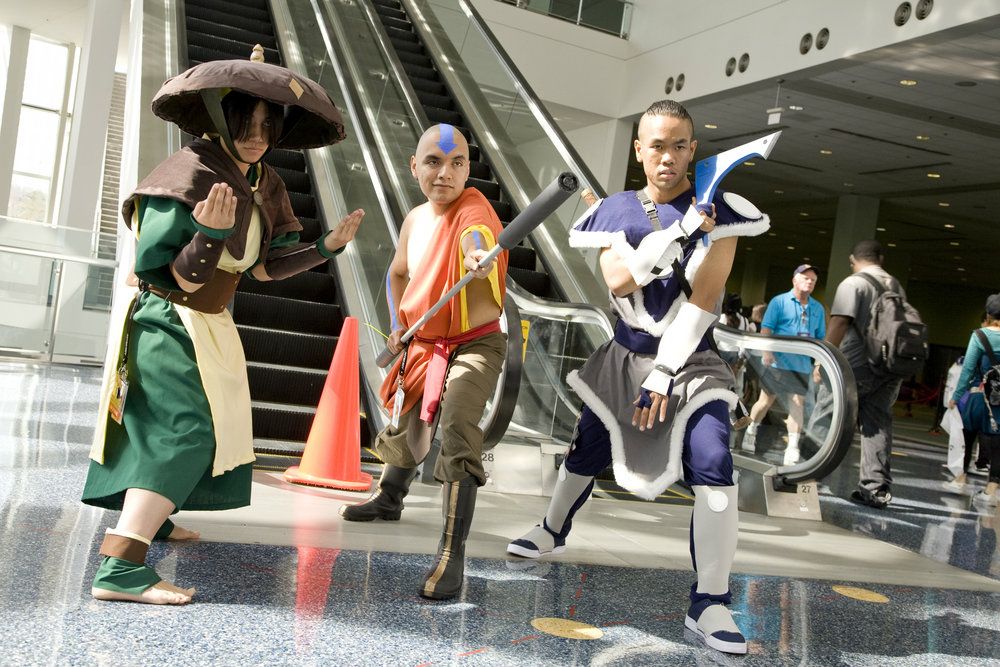
Key Takeaways:
– Netflix’s version of Avatar: The Last Airbender earns praise for casting diversity compared to the previous adaptation by M. Night Shyamalan.
– Actor Daniel Dae Kim, who portrays Fire Lord Ozai, underscores the increased diversity of the Netflix’s adaptation.
– Despite improvements in casting, fans expressed concern over some narrative changes made by Netflix in their adaptation.
In an industry where casting decisions can make or break a film, Netflix’s adaptation of Avatar: The Last Airbender presents a stark contrast to M. Night Shyamalan’s earlier interpretation. Praised for its diversified casting, the Netflix version is a marked improvement over Shyamalan’s, which drew heavy criticism for its casting choices.
A Shift in Casting
Actor Daniel Dae Kim, in a recent chat with Teen Vogue, highlighted the diversity of Netflix’s casting choices for the film. According to Kim, the entirety of the cast comprises Asian actors, firmly distinguishing it from its predecessor. Shyamalan’s version stirred controversy for casting Caucasian actors for several essential characters, such as Aang, Katara, and Sokka. Meanwhile, more antagonistic roles were left to ethnically diverse actors.
Kim plays Fire Lord Ozai in the new adaptation. During the conversation, he subtly jabbed Shyamalan’s film, stating, “I don’t think it’s any secret to say that a live-action version has been done in the past, but it wasn’t done this way.” Here, Kim’s comment references the original film’s controversial casting of key characters.
Staying True to the Story
The original storyline of Avatar draws heavily from Asian and Inuit philosophies, suggesting a predominantly Asian cast is more fitting to the story’s origins. However, Shyamalan’s version saw significant roles like Aang, Sokka, Katara, and Iroh played by Caucasian actors. Meanwhile, roles associated with antagonist characters were more accurately portrayed by ethnically diverse actors.
Audience Critique of Netflix’s Version
Despite the praised improvements in casting diversity, Netflix’s version of Avatar: The Last Airbender still faces critique. Some fans have voiced displeasure with narrative choices made in this new adaptation. There’s dissatisfaction with the timing of character introductions, which is said to interfere with other character arcs in the show. Beyond that, though some aspects of ‘bending’ have been improved, the CGI editing has been called out for its awkward presentation.
Significant reshuffling of the lore has also caused some concerns. Fans pointed out questionable elements in the show, such as Aang’s alleged flying, which deviates from the established lore, making it difficult for a segment of the fandom to embrace the new version. Concerns have also been raised over the overall pacing of the show and dialogue construction. The latter was said to lean heavily towards narrating the story rather than organically letting it unfold.
Conclusion
While strides in casting are applaudable, addressing narrative concerns will be key in winning over fans. As Netflix’s Avatar: The Last Airbender continues its run, striking the right balance between honoring the original storyline and introducing new elements will be crucial for its success.